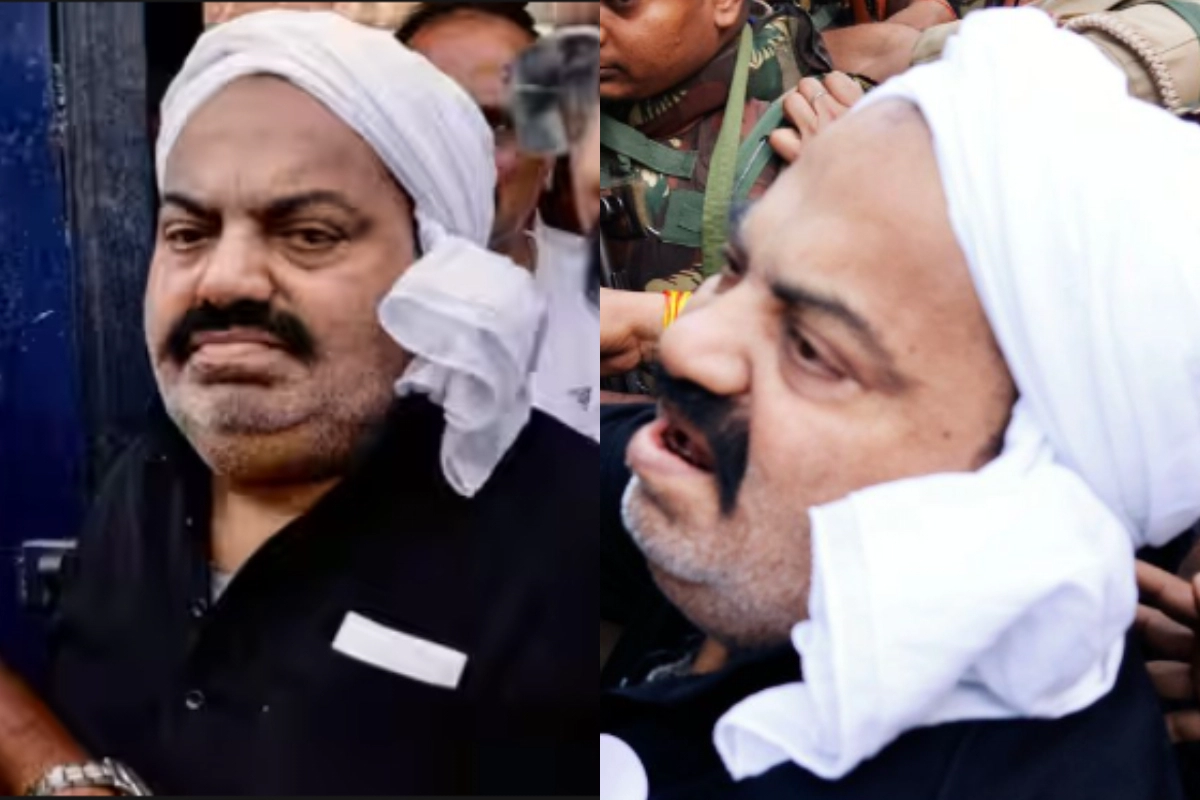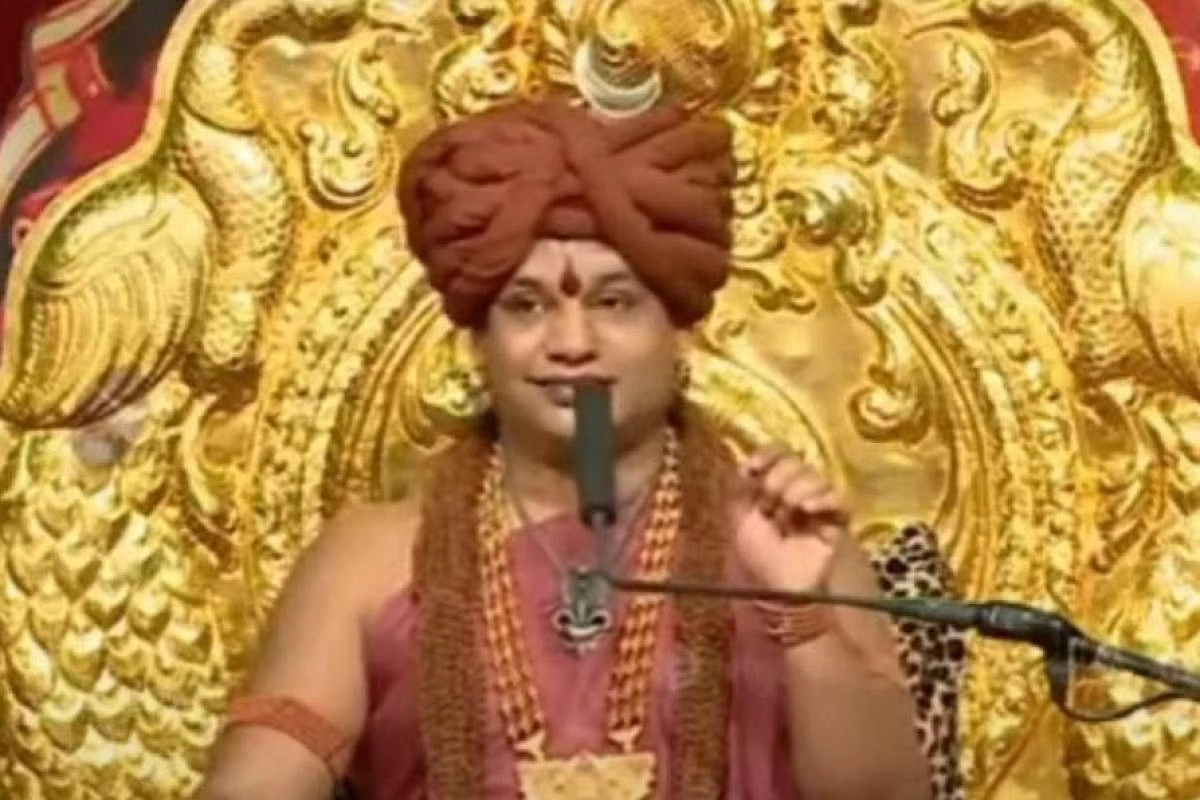India has embarked on building an underwater tunnel which is being built under river Hooghly, West Bengal at a cost of Rs 120 crore as part of East West Metro Corridor. It is billed to be India’s version of Eurostar’s London Paris corridor which is 13 meter beneath the riverbed and 33 metre below ground level. It will be a never before blink and miss experience for Metro passengers as Metro trains will cross 520 meter stretch in just 45 second and is a part of the East West Metro Corridor of Kolkotta, from the IT hub of Salt Lake Sector V in the east to Howrah Maidan in the west across the river.
As part of the East West Metro Corridor, India starts construction of an underwater tunnel under the Hooghly River for a cost of 120 crore
The Tunnel will be commissioned in December 2023 and it is almost complete barring the 2.5 km stretch between Esplanade and Sealdah in which the work is still in progress. Construction of tunnel is a technological marvel and under the water alignment was conceived , taking into consideration the residential areas which were on the route along with technical issues.
Also Read
Huge relief for passengers will ease congestion and cut down commute time
Metro Route between Howrah and Sealdah will ease congestion and cut down commute time to 40 minutes as against 15 hours taken by road.
The tunnel’s external diameter will be 6.1 metres, and its internal diameter will be 5.55 metres. The up and down tunnels will be 16.1 metres apart centre to centre.
High quality M50 grade, reinforced concrete segments with a thickness of 275mm each are being used to build the tunnel’s interior walls.
The diameter of the tunnel will be completely circled by six of these pieces. Pre-casting of the segments is being done in specialised Korean-imported moulds.
Tunnel Safety Measures
To stop water from entering the tunnel and from leaking, certain safety precautions have been adopted. To reduce water permeability, fly ash and micro silica concrete mixes have been used for the segments.
A difficult grouting procedure is being used to seal the segments, filling the space between them and the tunnel boring machine’s shield (TBM).
The gaps are being filled with a two-component grout mix that consists of a slurry consisting of water, cement, bentonite, and sodium silicate. The liner segments are equipped with hydrophilic auxiliary gaskets and German-made neoprene gaskets that expand in the presence of water to stop water infiltration through segmental junctions.
Prerna and Rachna, two tunnel boring machines (TBMs) built in Germany, were used for the operation.
The National Fire Protection Association (NFPA) recommendations are being followed by providing emergency escape shafts inside the tunnel that can reach a length of 760 metres. For the protection of the passengers, evacuation shafts are available at Howrah Station in the west and Strand Road in the east.
Also Read: Trinamool’s Saket Gokhale detained again by Gujarat Police
Keep watching our YouTube Channel ‘DNP INDIA’. Also, please subscribe and follow us on FACEBOOK, INSTAGRAM, and TWITTER.












